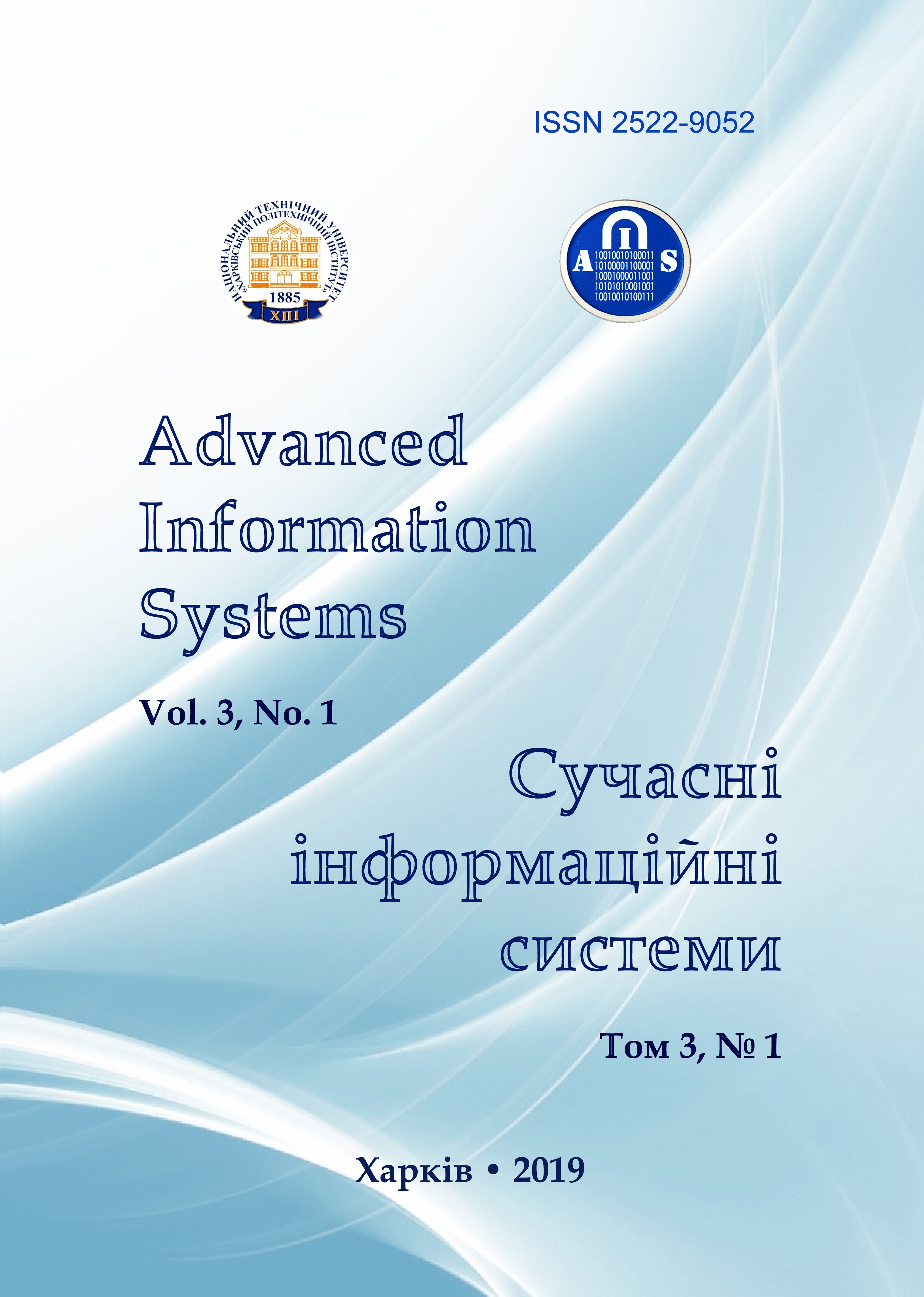THE METHOD OF INCREASING THE IMMUNITY OF COMMUNICATION SYSTEMS
Main Article Content
Abstract
Nowadays, due to a severe shortage of radio resources of communication systems, which is caused by an increase in the number of subscribers of cellular communication systems, an increase in demand for information resources, which in turn leads to the search for new technological approaches to its solution. The analysis of well-known scientific works carried out in the article showed that the technology of orthogonal frequency multiplexing almost completely exhausted the possibility of its improvement. One of the ways to improve the efficiency of radio resource use of communication systems is using spectrally effective signals. This article has developed a methodology for improving the noise immunity of communication systems. The essence of this method is to switch the modes of communication in the session mode, depending on the signal-interference situation in the channel, with the subsequent adjustment of the parameters of the communication channel by selecting the optimal signal-code structures. In the course of the research, the main provisions of the theory of communication, the theory of signal-code structures, the theory of noise immunity, as well as general scientific methods such as analysis and synthesis were used. A distinctive feature of this method from the known, which determines its novelty are: the possibility of changing the mode of operation in the session mode; the modes of operation of this technique are signals with orthogonal frequency multiplexing and spectral-effective signals. The proposed technique provides
15–18% more noise immunity compared with the known methods of generating spectral-effective signals, but 10–12% less noise immunity compared to the orthogonal signals.
Article Details
References
Shyshatskyi, A.V., Lyutov, V. V., Boroznyuk, M.V. and Rubtsov, I.Yu (2016), “Mathematical model of signal distortion in radio communication systems with orthogonal frequency multiplexing under the influence of deliberate disturbances”, Information processing systems, No. 3, pp. 181–186.
Slyusar V.I. (2010), “A processing of OFDM signals from UAV on digital antenna array of base station in conditions of jammers”, Information Systems Technology Panel Symposium (IST-091/RSY-021) “Information Assurance and Cyber Defence”, Antalya, Turkey, 26–27 April 2010.
Shyshatskyi, A.V (2015), “Method of formation of signal-code structures of an OFDM signal under the conditions of deliberate interference and selective fading”, Information processing systems, No.7 (132), pp. 71–77.
Shyshatskyi, A.V., Zhuk, O.G. and Lyutov, V.V. (2015), “Conducting analysis of directions for increasing the efficiency of radio communication systems with orthogonal frequency multiplexing”, Armament and military equipment, No. 4(9), pp. 35–40.
Slyusar, V.I. and Smolyar, V.G. (2004), “Method of non-orthogonal discrete frequency modulation of signals for narrow-band communication channels”, Proceedings of higher educational institutions. Radio electronics, Vol. 47, No. 4, pp. 53–59, available at: radio.kpi.ua/article/view/S0021347004040089.
Slyusar, V.I., Vasiliev, K.A., (2008), “Potential boundaries of the frequency multiplexing of N-OFDM signals based on Hartley basis functions”, Proceedings of higher educational institutions. Radio electronics, Vol. 51, No. 3, pp. 21–27, available at: radio.kpi.ua/article/view/S0021347008030035.
Rainnie, D., Feng, Y., Bajcsy, J. (2015), “On capacity merits of spectrally efficient FDM”, Military Communications Conference MILCOM 2015, pp. 581–586.
Kalantaievska, S., Pievtsov, H., Kuvshynov, O., Shyshatskyi, A., Yarosh, S., Gatsenko, S., Zubrytskyi, H., Zhyvotovskyi, R., Petruk, S. and Zuiko, V. (2018), “Method of integral estimation of channel state in the multiantenna radio communication systems”, Eastern-European Journal of Enterprise Technologies, Vol 5, No 9 (95), рр 60–76, DOI:
https://doi.org/10.15587/1729-4061.2018.144085.
Banket, V.L. (2009). Signal code designs in telecommunication systems, Fenix, Odessa,180 p.
Kuvshynov, O.V., Gursky, T.G. and Radzivilov, G.D (2009), “Ensuring the noise immunity of the radio link with the use of OFDM technology under the influence of organized noise”, Communication, No. 1, pp. 66–69.
Shyshatskyi, A.V., Zhuk, O.G., Lyutov, V.V. and Zhyvotovskyi, R.M. (2016), “An improved method for evaluating the signal parameters with digital modulation types”, Science and Technology of the Air Forces of the Armed Forces of Ukraine, No 4 (25), pp. 117–121.
Zavjalov, S.V., Makarov, S.B., Volvenko, S.V. and Balashova, A.A. (2015), “Efficiency of coherent detection algorithms nonorthogonal multifrequency signals based on modified decision diagram”, 15-th International Conference on Next-Generation Wired/Wireless Advanced Networks and Systems (NEW2AN 2015) and 8th Conference on Internet of Things and Smart Spaces (ruSMART 2015), pp 599-604.
Ahmed, S., Darwazeh, I. (2011), “Inverse discrete Fourier transform-discrete Fourier transform techniques for generating and receiving spectrally efficient frequency division multiplexing signals”. American Journal of Engineering and Applied Sciences, Vol. 4, pp. 598–606.
